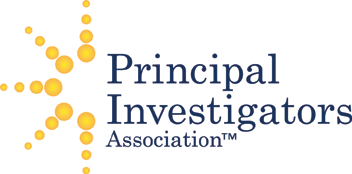Participatory Action Research from A to Z
|
Inside this guide, Dr. Jo Anne Schneider provides an overview of the process for creating an effective PAR project, and addressing the challenges involved in each aspect of the project. The guide relies on examples from a wide array of projects to discuss what works and provide strategies to address common problems. It focuses primarily on health related research given the special issues associated with using PAR in health research, but includes examples from projects on other topics.
This 70-page guide has been designed to help researchers understand the ins and outs of PAR projects, learn how to develop meaningful relationships with the target community, ensure research quality, implement key communication strategies, develop products appropriate for the community and much more. This guide includes:
About the Author: Dr. Jo Anne Schneider has developed participatory action projects since the late 1980s. Her work with training and community organizations in Philadelphia led to changes in training contracting and the state TANF plan. The Kenosha Conversation Project, a community process to understand policy implementation, received national attention and was featured on National Public Radio. She has advised on participatory action projects in multiple settings and published widely on this and related topics. A former American Association for the Advancement of Science Policy and Technology Fellow at NIH, she is currently an Associate Research Professor at George Washington University. She also has an international reputation for university/community involvement, serving as a PennServe Community Based Fellow for Service Learning involving community/researcher partnerships. Recent major projects include developing a model to reach at-risk communities for NCI, the Faith and Organizations Project (www.faithandorganizations.umd.edu), and multiple projects related to social welfare and human services (see home.gwu.edu/~jschneid). SPECIAL RATE EXTENDED!
Upon ordering this guide you will automatically receive a PDF (digital) copy. Regarding Print version shipping costs: 100% Satisfaction Guaranteed. |
| This guide is brought to you as a training tool by the Principal Investigators Association, which is an independent organization. The information presented and its contents are not connected with the National Institutes of Health (NIH) or the National Science Foundation (NSF), nor are they endorsed by these agencies. All views expressed are those personally held by the author and are not official government policies or opinions. |
Additional Information
| Report Format | PDF Download, Print + PDF |
|---|


